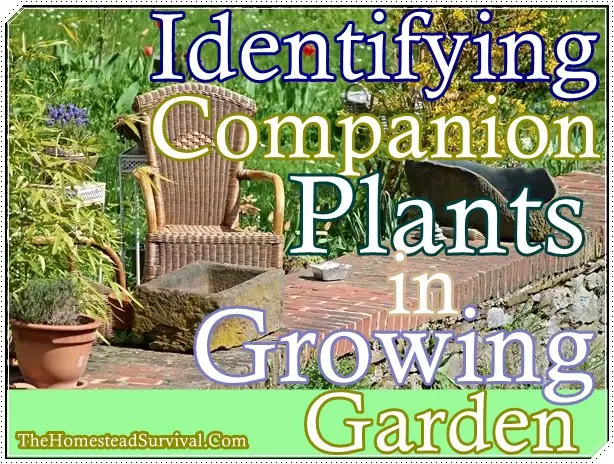The Identifying Companion Plants in Growing Garden is a very valuable article on gardening was looking to help those who are new to gardening or those who tried it and were not exactly successful at it.


Subscribe Today
GET EXCLUSIVE FULL ACCESS TO PREMIUM CONTENT
Get unlimited access to our EXCLUSIVE Content and our archive of subscriber stories.